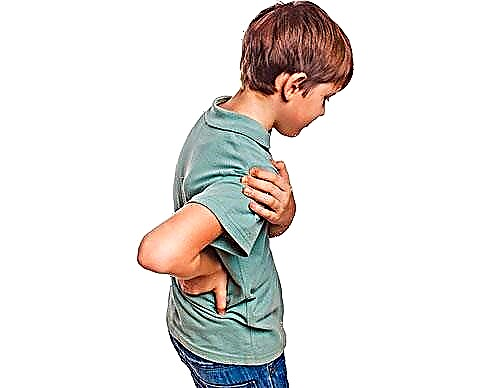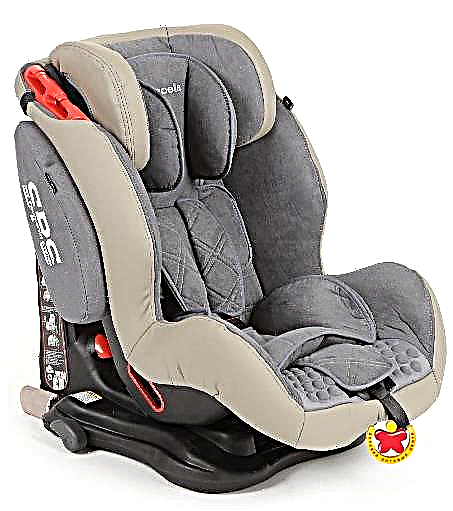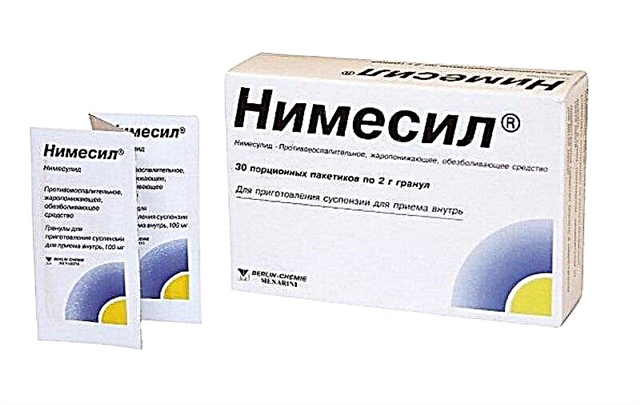
Some of the most common diseases in childhood are colds, acute respiratory viral infections and other lesions of the respiratory system. In their treatment, inhalations are often used, using steam inhalers or different types of nebulizers for such procedures.
The use of a nebulizer is designed to quickly deliver medications in liquid form to the lungs of the child, making recovery faster.
But, before inhalation is given to their child, each parent should find out why such a procedure is needed, in which case it can harm the baby, as well as how often and for how long inhalation can be carried out in childhood.

Indications for the procedure
Inhalation can eliminate nasal congestion, dry or wet cough, runny nose, bronchospasm, sore throat. Such procedures eliminate inflammation, moisturize the mucous membrane and enhance local immunity. Their appointment is justified when:
- ARVI;
- Acute bronchitis;
- Acute laryngitis, tracheitis or sinusitis;
- Respiratory tract burns;
- Exacerbation of chronic tonsillitis, pharyngitis, laryngitis, bronchitis or sinusitis;
- Bronchial asthma;
- Pneumonia during the recovery period;
- Fungal infections of the respiratory tract;
- Tuberculosis;
- Cystic fibrosis;
- Emphysema of the lungs.
Are there any contraindications?
Inhalation is not recommended:
- In early childhood (there are age restrictions for different drugs and different types of inhalations).
- With bacterial sore throat or otitis media.
- With pneumonia (acute stage).
- With fever (procedures are permissible only at temperatures no higher than + 37 ° C).
- If you have a tendency to bleed from the nose or detect blood in the sputum.
- In case of intolerance to the drug used for the procedure.
- In a serious condition of the child (respiratory and heart failure).

How many times a day can you inhale?
The most common frequency of inhalation is twice a day. Many drugs are recommended to be administered by inhalation three times a day, for example, miramistin, tussamag, chlorophyllipt or berodual. If saline is used for the procedure, such inhalations can be done 2 to 4 times daily.
The duration of one procedure is determined taking into account the age of the child and the type of inhalation. Young children are advised not to breathe in steam or through a nebulizer for more than five minutes. For older children, inhalation is carried out for 7-10 minutes. Long procedures can make the child reluctant to continue such treatment.
For information on what is better to do inhalations to a crumbs and whether it is worth doing inhalations over a basin, see the program of Dr. Komarovsky.
How many days to do inhalation: course duration
Depending on the drug used for inhalation, procedures are prescribed for a period of five to eleven days. For example, inhalations with lazolvan or with berodual are recommended to be done no longer than 5 days, and procedures with mineral water can be carried out for a long time until the symptoms of the disease are eliminated. Inhalation with ACC injection is prescribed for no longer than 10 days.

Tips
- When using any type of nebulizer for inhalation, it should be remembered that an oil solution cannot be poured into such a device (this threatens with a complication in the form of pneumonia) or herbal decoctions (this increases the risk of clogging and damage to the device).
- The procedure is carried out mainly in a standing or sitting position, although there are models of nebulizers that allow inhalation while lying down.
- Depending on the illness, the child must breathe through a mask or through a tube. In case of diseases of the nasopharynx and throat, inhale the medicine in the form of an aerosol with the nose, and to eliminate the cough, inhale with the mouth.
- If the child is prescribed steam inhalation, the baby should be protected from the risk of hot steam burns. For this purpose, it is necessary to ensure that the water temperature is not higher than + 60 ° C.
- Dilute drugs with sterile saline solution immediately before the procedure. Do not store the remnants of the diluted drug.
- After the procedure, it is important to rinse the baby's face and make sure that the baby rinses out his mouth. If the child is too young to rinse, they give him a drink of clean water.
- Drinking and eating are allowed only 30-60 minutes after the procedure. Before inhalation, you should not eat for 1.5-2 hours.
Before using the inhaler, we recommend watching the video of the Union of Pediatricians of Russia.



